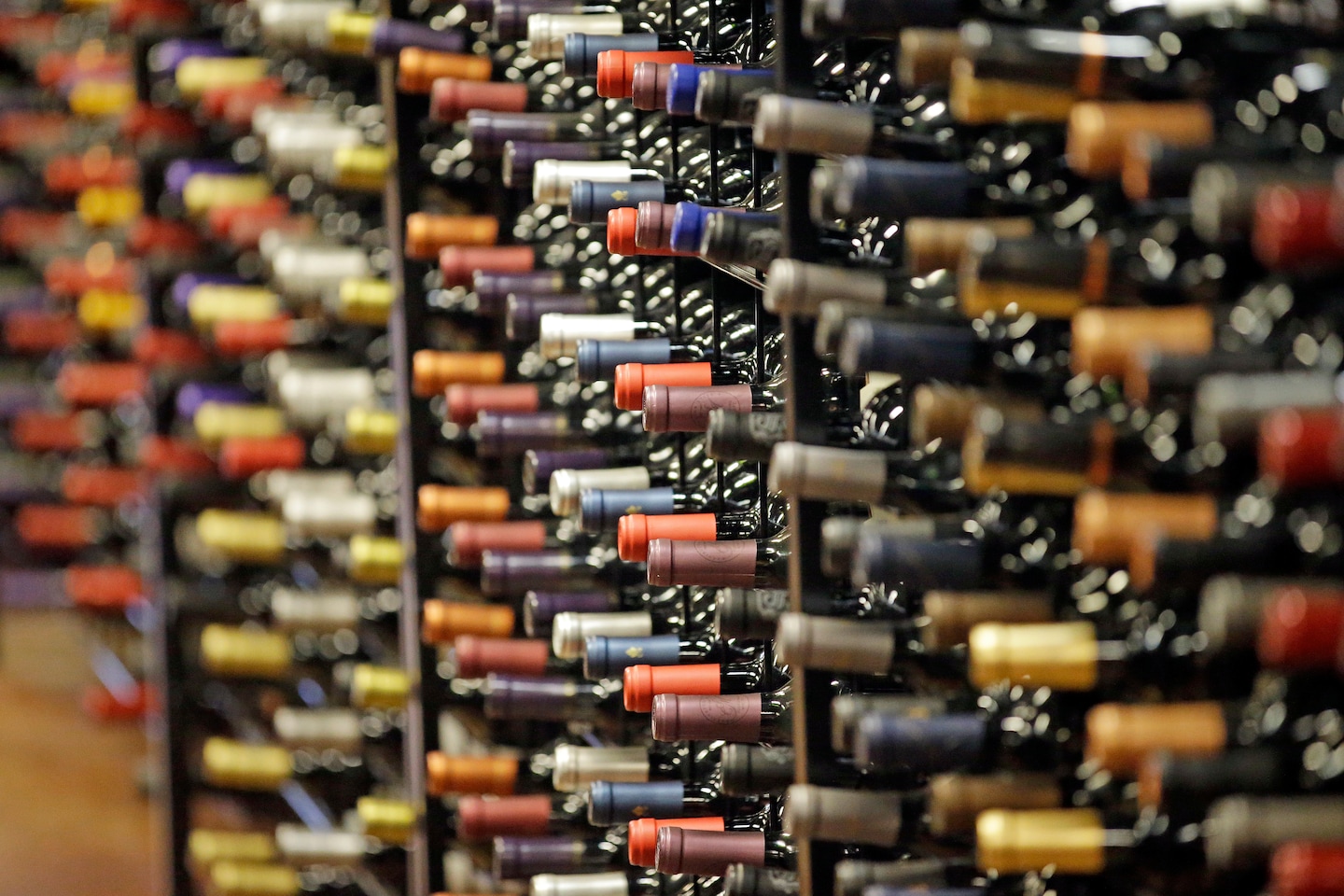We cannot ignore it any longer: We need to talk about drinking during the pandemic.
We need to talk about pandemic drinking

Aaron White, the study’s lead author and senior adviser to the NIAAA’s director, told me he expects the numbers to be even higher for 2021. “We were already fraying as a country in terms of mental wellness,” he said. “The pandemic made all of that worse.”
He attributes the increased drinking to the “double whammy” of added stress and reduced coping options, such as spending time with others in social settings. “My concern is that the unhealthy habits people picked up during the pandemic may stick with them long after the pandemic ends,” he explains.
White points to a particularly worrisome trend: increased alcohol use by women. Indeed, a survey published in the Journal of the American Medical Association found that heavy drinking among women increased 41 percent in the first several months of covid-19.
Laura Bierut, a professor of psychiatry at Washington University in St. Louis, attributes the disproportionate impact to loss of structure as well as greater burdens shouldered by women. “There’s been a blurring between home and work,” she said. “It’s a lot easier to sit at home and drink than in the office. And covid has been particularly hard on women, with women dropping out of the workforce at greater numbers than men and family responsibilities falling predominantly on women.”
The threshold for what constitutes at-risk drinking is also much lower for women than for men. NIAAA’s definition is seven drinks a week for women and 14 drinks a week for men, with no more than three drinks on any single day for women and four for men. Leena Mittal, chief of the division of women’s mental health at Brigham & Women’s Hospital in Boston, explained to me that if a woman usually unwinds with one or two drinks, adding just one more puts her into this higher-risk category. “People are not always clear about what defines risky drinking. What may seem like small changes can substantially increase their risk.”
How can people recognize whether their alcohol use is excessive? The experts I spoke to referenced several tools, including NIAAA’s definition of at-risk drinking and the American Psychiatric Association’s criteria for alcohol use disorder.
White advises that people take a look at their relationship with alcohol by asking themselves questions: “When do you drink, why, and how much? Do you worry about running out of alcohol? When you travel, do you worry that you can’t get alcohol? Do you have trouble sleeping without it? If you rarely go a day without alcohol and reach for it whenever you are anxious or depressed, that’s a sign that you need to rethink drinking.”
Mittal adds that it’s also about functionality: “If there is a toll on how you’re functioning at home, at work, in marital or parent-child relationships, that’s a warning sign, as is increases in the amount you’re drinking, and escalating to the point of intoxication more often.”
There are many ways to seek help. Speaking with your primary care physician is always a good first step; that person can help you assess your risk and refer you to specialized care. NIAAA has an online navigator that helps connect people to treatment.
Those who might not meet formal criteria for alcohol use disorder but want to reduce their drinking can “explore recovery and sobriety without committing to a formal diagnosis,” said Mittal. That includes joining groups such as Alcoholics Anonymous or SMART Recovery, and seeking individual peer support and coaching.
White recommends that people try periodic breaks from alcohol, such as “dry January.” “It doesn’t mean quitting forever,” he said. Even acknowledging the possibility of at-risk drinking is a good start. “If you’re not ready to change your habits now, be mindful that what you are doing may not be sustainable, and at some point in the future, you have to make adjustments.”
The good news is that it is not too late to make a change. Decreasing alcohol use now can lead to rapid improvements in health. As Americans return to more aspects of the pre-pandemic normal, this is the time to hit reset and look to replacing harmful habits with ones that are healthier for our physical and mental well-being.






